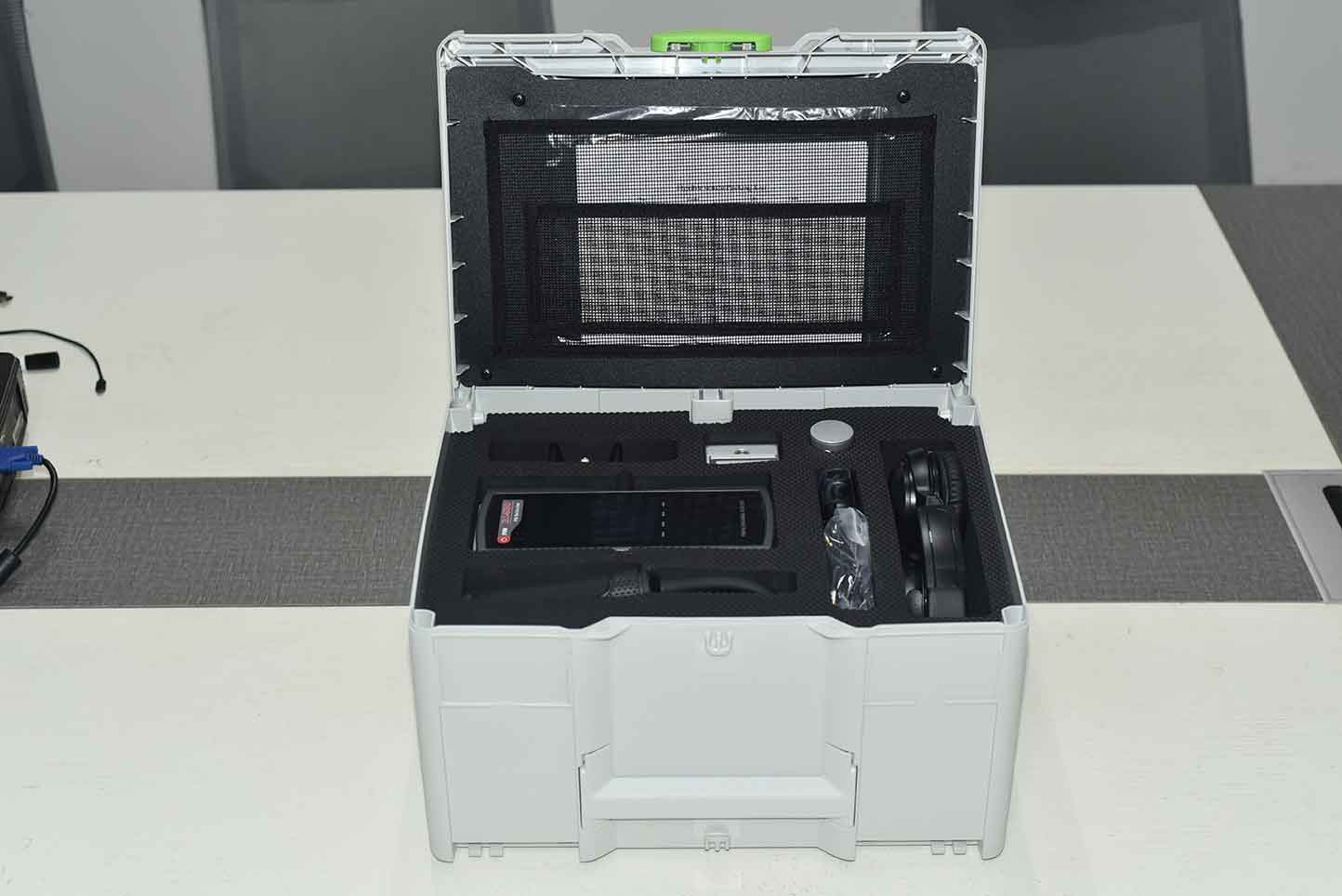The operating methods of partial discharge testers may vary depending on the specific equipment. The following are the general operating steps for partial discharge testers:
1. Preparation work
Place the partial discharge tester on a stable platform and connect it to the power supply and the required testing equipment to ensure safe grounding of the equipment and tester.
2. Set parameters
Turn on the power of the partial discharge tester and set relevant test parameters on the device display screen or control panel, such as frequency range, gain, filter, etc. Select appropriate parameter settings based on testing requirements.
3. Connecting Sensors
Connect the sensor to the input port of the tester. Usually, sensors can be connected to the tester through high-frequency cables to ensure a stable and reliable connection, and attention should be paid to correctly connecting the polarity of the sensor.
4. Preheating and calibration
Follow the equipment manual for preheating and calibration operations. These steps generally include running the device for a period of time to reach a stable state, and calibrating it through a reference source or known signal to ensure measurement accuracy.
5. Start testing
After confirming that all preparatory work is completed, partial discharge testing can begin. Observe the device's display screen or use software interfaces to monitor changes in test data.
6. Data recording and analysis
Regularly record test data and conduct real-time or post analysis as needed. Relevant software tools can be used to process and interpret data to obtain more information about device status and partial discharge activity.
7. Result evaluation
Determine the health status of the tested equipment based on the test results and relevant indicators. Corresponding repair, maintenance, or preventive measures can be taken as needed.
It should be noted that the specific operating methods may vary depending on different partial discharge testers. Therefore, when using new equipment or unfamiliar with its operation, it is recommended to refer to the equipment's operating manual or seek technical support from the manufacturer for assistance.

The ZC-830 handheld partial discharge detector can be widely used for theater detection in power systems, including insulation status detection of high-voltage switchgear, ring network cabinets, voltage/current transformers, transformers (including dry-type transformers), GIS, overhead lines, cables, and other equipment.
The main advantages of the product include:
1. Configure different sensors to realize partial discharge detection of almost all electrical equipment
2. Provide multiple discharge spectra such as time-domain waveform, PRPD, PRPS, etc. to achieve analysis of different discharge types
3. The user-friendly human-machine interface facilitates data management for different devices, achieving 360 ° comprehensive diagnosis of the tested equipment
4. Built in ultrasonic sensors and transient ground voltage sensors, can be externally connected to specialized sensors such as transformers, GIS, overhead lines, cables, etc
5. Adopting non-invasive detection method, there is no need for power outage or additional high-voltage source configuration during the testing process, making it more convenient to use than traditional detectors
6. The testing bandwidth range is 30kHz~2.0GHz, suitable for detection principles in various frequency bands
Kvtester Electronics Technology Co.,Ltd. is a high-tech enterprise specializing in power testing, testing, research and development, production, and sales of testing equipment. It has been engaged in the electrical testing industry for many years, and its products are of high quality. We welcome customers to come and purchase.





